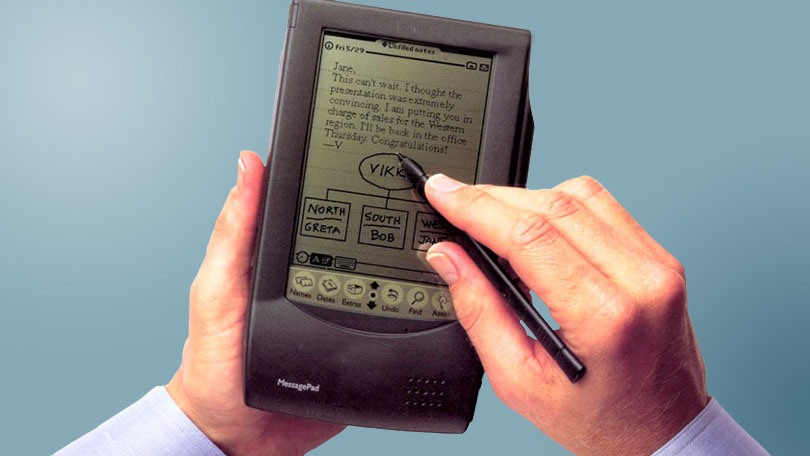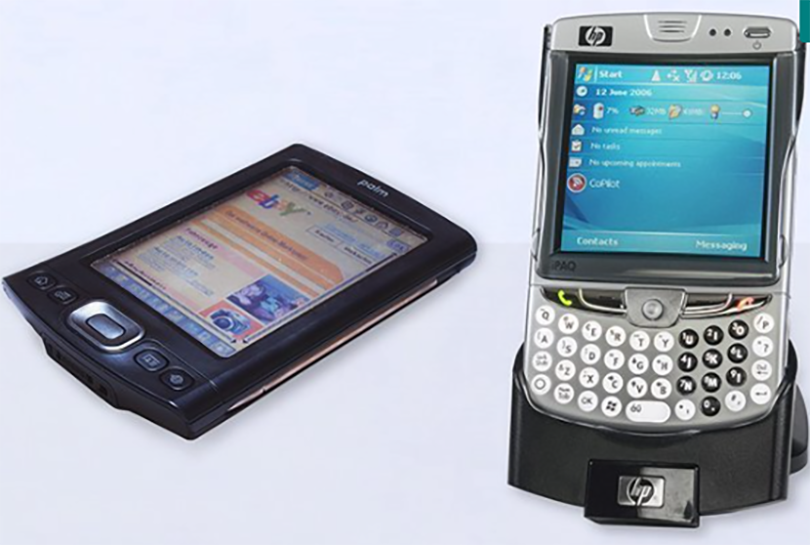1.What is a personal digital assistant?
A personal digital assistant, often referred to as PDA, is a device or software application designed to assist individuals with various tasks and activities. PDAs are typically equipped with features such as calendar management, contact organization, note-taking, and even voice recognition.
PDAs help individuals stay organized and productive by bringing together essential tools into one compact device. They can be used to manage schedules, set reminders, store important information, and even perform tasks such as making phone calls, sending messages, and accessing the internet.
With advancements in technology, PDAs have evolved to include virtual assistants, such as Siri, Alexa, or Google Assistant. These virtual assistants rely on artificial intelligence and natural language processing to provide personalized assistance, answer queries, perform tasks, and offer suggestions based on user preferences and habits.
Whether in the form of a physical device or a software application, personal digital assistants are designed to simplify and streamline daily tasks, increase efficiency, and enhance overall productivity.

2.PDA Features:
Personal Information Management (PIM): PDAs often include applications for managing personal information like contacts, calendars, and task lists.
Note-taking: PDAs may have built-in note-taking apps that allow users to jot down ideas, make to-do lists, and create reminders.
Email and Messaging: Many PDAs offer email and messaging capabilities, allowing users to send and receive messages on the go.
Web Browsing: Some PDAs have internet connectivity and web browsers, enabling users to access websites, search for information, and stay connected online.
Document Viewing and Editing: Many PDAs support document viewing and even allow basic editing of documents like Word and Excel files.
Wireless Connectivity: PDAs often have built-in Wi-Fi or Bluetooth, allowing for wireless data transfer and connectivity with other devices.
Media playback: PDAs may include audio and video players, allowing users to listen to music, watch videos, and view photos.
Voice Recording: Some PDAs have built-in voice recording capabilities, enabling users to record voice memos or lectures.
GPS Navigation: Certain PDAs come with GPS functionality, which allows users to access mapping and navigation tools for directions and location services.
Expansion Options: Many PDAs have expansion slots, such as SD or microSD card slots, which allow users to expand the device's storage capacity.
It is important to note that PDAs have become less prevalent in recent years, and their features have largely been absorbed into smartphones and other mobile devices. As a result, the functionality and features listed above are more commonly found in modern smartphones and tablets.
3. Advantages of PDA:
1.Portability: PDAs with Portable Lcd Screen are small and lightweight, making them highly portable and easy to carry around.
2.Organization: PDAs provide various tools for organizing schedules, contacts, to-do lists, and notes, helping users stay organized and manage their tasks efficiently.
3.Productivity: PDAs offer productivity-enhancing features like document editing, email access, and internet browsing, allowing users to work on the go.
4.Communication: Many PDAs have built-in communication capabilities, such as email and messaging, which enable users to stay connected and communicate quickly and easily.
5.Multifunctionality: PDAs often include additional features like calculators, audio players, cameras, and navigation tools, providing users with multiple functionalities in a single device.
4. Disadvantages of PDA:
1.Limited Screen Size: PDAs typically have small screens, which can make it challenging to view and interact with certain applications, websites, or documents.
2.Limited Processing Power: Compared to other devices like laptops or tablets, PDAs may have limited processing power and storage capacity, which can restrict the type and size of tasks they can handle effectively.
3.Limited Battery Life: Due to their small size, PDAs often have limited battery capacity, meaning they may require frequent recharging, especially with heavy usage.
4.Obsolescence: Dedicated PDAs have become less popular due to the rise of smartphones, which offer similar functionality and more advanced features. This means PDAs and their software may become outdated and unsupported over time.
5.Cost: Depending on the features and capabilities, PDAs can be quite expensive, especially when compared to smartphones or tablets that offer similar or better functionality for a similar or lower price.
5.LCD, TFT and Touchscreen technology in PDA
LCD (Liquid Crystal Display) and TFT (Thin-Film Transistor) are commonly used display technologies in PDAs (Personal Digital Assistants).

1)LCD: PDAs use LCD screens as their primary display technology. LCD screens consist of a panel with liquid crystals that can be electrically controlled to display information. LCD screens offer good visibility and sharp text and graphics. They are typically backlit to enhance visibility in various lighting conditions. Lcd Glass Panel are energy-efficient, making them suitable for portable devices.
2)TFT: TFT is a type of LCD technology that uses thin-film transistors to control the individual pixels on the display. It provides better image quality, higher resolution, and faster response times compared to traditional LCD displays. TFT displays are commonly used in PDAs as they offer vibrant colors, high contrast ratio, and wider viewing angles.
3)Touchscreen: Many PDAs also incorporate touchscreen functionality, allowing users to interact directly with the display by tapping, swiping, or using gestures. Touchscreen technology can be implemented using different approaches, such as resistive or capacitive touchscreens. With a touchscreen, PDAs can provide a more intuitive and user-friendly interface, enabling users to navigate menus, input data, and interact with applications effortlessly.
In summary, LCD and TFT technologies provide the visual display capabilities for PDAs, while touchscreens enhance user interaction and input on these devices.
Post time: Oct-26-2023





